Following up on the previous Zelda title was going to be a difficult task for Nintendo. The first game, Legend of Zelda, was released for the Nintendo Entertainment System to great fanfare, sporting an attractive top-down perspective and simple yet deceptively difficult dungeon designs. Zelda II: The Adventure of Link, which was released as a direct sequel to the original game, changed the formula dramatically, introducing a side-scrolling component and semi-RPG elements in its experience points. With two varied play styles to choose from, how could Nintendo proceed with a third Zelda title on their new Super Nintendo system?
Releasing in November 1991, The Legend of Zelda: A Link to the Past became an immediate hit. Borrowing primarily from the first Zelda game (thereby leaving the second one to relative obscurity), this is the title where the primary Zelda features we all know and love come to fruition. Did you enjoy how Ocarina of Time allowed you to change which period you were in? A Link to the Past did it first with the light and dark worlds. Do you like the Master Sword? This is its first appearance in the games.
A Faithful Continuation of the Original Legend of Zelda
A Link to the Past feels like a true sequel to the original Legend of Zelda in every way. It took what made that game fun and improved upon it in nearly every aspect. The combat is the same, yet more fluid. The music took full advantage of the SNES sound chip and bumped up that main theme song up to 11 in its performance. Many of the items you get in the first game are back again, with a lot of fun and interesting new additions – the Hookshot, in particular, being one that fans love using in most games.
The story may not seem especially spectacular to modern gamers, but at the time, it was fairly complex and intriguing. Unless you were an avid RPG player, the lore introduced in A Link to the Past was quite revolutionary for its time. Link wakes up in his home to the sound of Princess Zelda telepathically communicating with him, asking Link to save her. You venture out into the rainstorm and sneak into the castle’s depths to finally release her, only to find that rescuing the princess is not your main goal. You are asked by Zelda to gather the three pendants before an evil sorcerer does to obtain the Master Sword. Completing this quest, however, is only the beginning of Link’s journey, with the player encountering many twists and turns in the story before it is finally resolved at the end.

If you, like me, grew up reading Nintendo Power, you most likely came across a Zelda comic within the confines of this magazine in 1992. Nintendo Power commissioned the famous manga author, Shotaro Ishinomori, to produce a 12-chapter story based on A Link to the Past specifically for their magazine. He is considered to be one of the most influential manga authors of his time, becoming an assistant to Osamu Tezuka early in his career. He produced works such as Cyborg 009 and Kikaider, as well as becoming the progenitor of the “transforming hero” subgenre of television, creating Kamen Rider and Super Sentai (which most Western fans know as “Power Rangers”). I did not know all of this when I read his Zelda comic, but many people (including myself) credit that comic for igniting their love of anime and manga in the early 1990s.
The popularity of A Link to the Past cannot be understated. For years, fans clamored for a remake or sequel in a similar fashion, wanting to experience the game they loved in a new way. While there were ports to other consoles and similar-looking Zelda games released during that time, there was not a sequel released until that fateful winter of 2011, when The Legend of Zelda: A Link Between Worlds was released on the Nintendo 3DS. Using many of the same musical compositions and the general layout of the overworld map, A Link Between Worlds felt like a true sequel to the original game in so many ways. It says a lot about how highly esteemed a game is when people continue to draw comparisons between the latest entries and the game itself, and this game proved no different.
The Legend of Zelda

A Link to the Past remains one of my most beloved games to this day. I can still remember the many late nights when I would traverse dungeons until the wee hours of the morning, trying to uncover any secrets I possibly could. When the game was re-released on the GameBoy Advance, I was instantly hooked all over again, playing constantly and having to repeatedly buy new batteries for my GBA just so I could continue experiencing it. Seeing the success of the Link’s Awakening remake for the Nintendo Switch, I can’t be the only fan clamoring for a modern remake of this pivotally important Zelda game, right?
